Telemedicine: The Digital Bridge Connecting Patients to Healthcare
Aug 06, 2025
Imagine living in a remote village, surrounded by hills, with no doctor’s clinic nearby. Now picture this—you fall sick, but instead of waiting days to reach a hospital, you get to speak with a specialist on your phone from the comfort of your home.
This is the reality that telemedicine is creating today. By using smartphones, computers, and the internet, healthcare is no longer locked behind city walls. It’s becoming accessible to everyone, from rural communities to city dwellers with packed schedules.
From Space Missions to Village Homes
Though telemedicine may feel like a new-age innovation, its roots go back decades. A magazine cover in 1924 dreamt up the idea of video consultations, long before televisions were common. Fast forward to 1959, the University of Nebraska hosted the first real-time video medical consultation. And in disasters like the 1985 Mexico City earthquake, NASA’s technology made remote treatment possible when communication lines were down.
Goodbye, Long Queues
One of the biggest headaches in healthcare? Waiting.
Patients often spend hours in crowded hospital corridors, anxiously waiting their turn. This isn’t just stressful—it can be dangerous if someone’s condition worsens while waiting.
Telemedicine changes this. With a few taps on your phone, you can book a video consultation, get prescriptions, or receive medical advice—no need to stand in line.
Instant Medical Help, No Matter Where You Are
In emergencies, time is everything. For someone in a far-off village, the nearest hospital might be hours away. Telemedicine acts as a lifeline, connecting patients to healthcare professionals instantly.
Through a quick video call, doctors can assess the situation, guide family members, and sometimes prevent critical conditions from worsening—all in real time.
Healthcare That Belongs to Everyone
One of telemedicine’s biggest strengths is how it breaks down barriers.
For too long, quality healthcare was only available to those living in cities. In India, for example, about 69% of the population lives in rural areas, but 75% of doctors are based in cities. That’s a huge gap.
Telemedicine changes this by allowing people in villages to consult with doctors across the country—or even the world. This creates a more equal, inclusive system where healthcare isn’t just a privilege for the urban elite. It’s for everyone.
Building Stronger Doctor-Patient Bonds
Some worry that virtual consultations might feel cold or distant. But in reality, many patients feel more relaxed talking to doctors from home. There’s less pressure, and conversations become more open and honest.
For doctors, this means they get a better look at the patient’s environment, daily habits, and lifestyle—all of which help them give more personalized advice. This creates a stronger doctor-patient partnership, not a weaker one.
Looking Ahead: The Future of Digital Healthcare
Telemedicine isn’t just about treating colds and coughs. It’s transforming the entire healthcare ecosystem.
- Doctors can train and learn from global experts remotely
- Medical advice can reach people during disasters or outbreaks quickly
- Wearable health devices will soon connect with telemedicine for real-time health monitoring
The goal is clear: make healthcare faster, fairer, and closer to home—no matter where home is.
Final Thoughts
Telemedicine is no longer just a futuristic concept—it’s happening right now. It’s helping patients skip long queues, get emergency help faster, and take charge of their health like never before.
As technology improves and more people get connected, the dream of accessible, patient-first healthcare is becoming a reality. The challenge now is to ensure that this digital revolution reaches everyone—not just the tech-savvy, but also those in the most remote corners of the world.
The future of healthcare is digital, and telemedicine is leading the way.
Disclaimer:
Recent Post
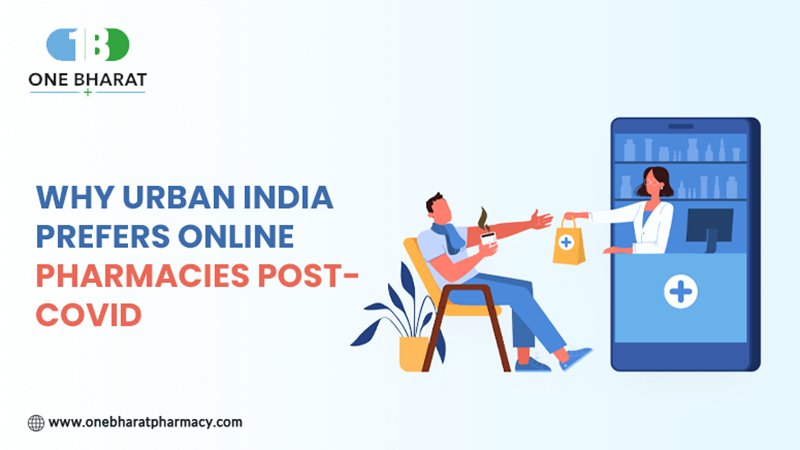
Why Urban India Prefers Online Pharmacies Post-COVID A Deep
_CAT_1753709847.png)
Does Scanning a QR Code on Medicine Packaging Really Confirm Authenticity? Here's the Truth
_CAT_1753374525.png)
Bringing India’s Pharmacy to Your Doorstep.
_CAT_1753281249.png)
King Barriers in Healthcare: One Bharat Pharmacy Rolls Out Seamless Online Medicine Delivery Across Delhi NCR
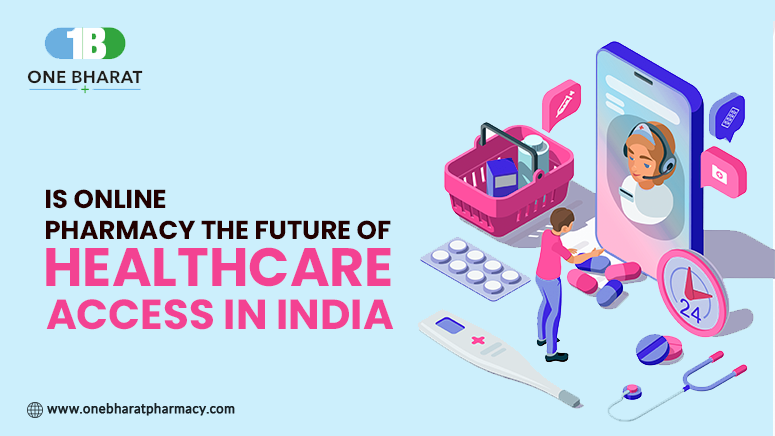
Is Online Pharmacy the Future of Healthcare Access in India?
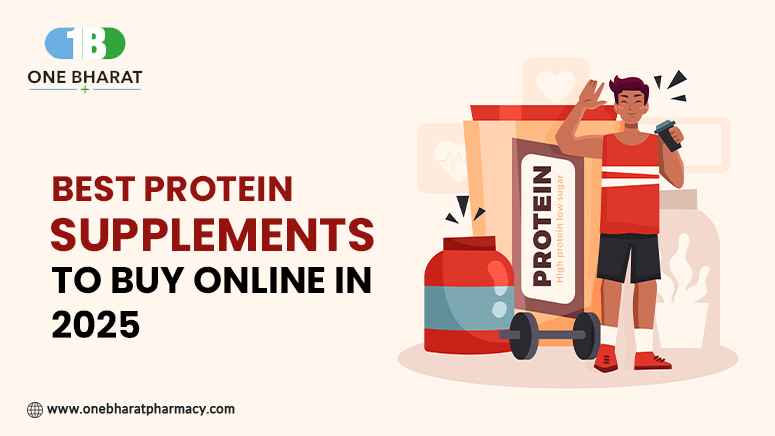
Best Protein Supplements to Buy Online in 2025

FACT CHECK: Is Paracetamol Truly the World’s Most Dangerous Drug?
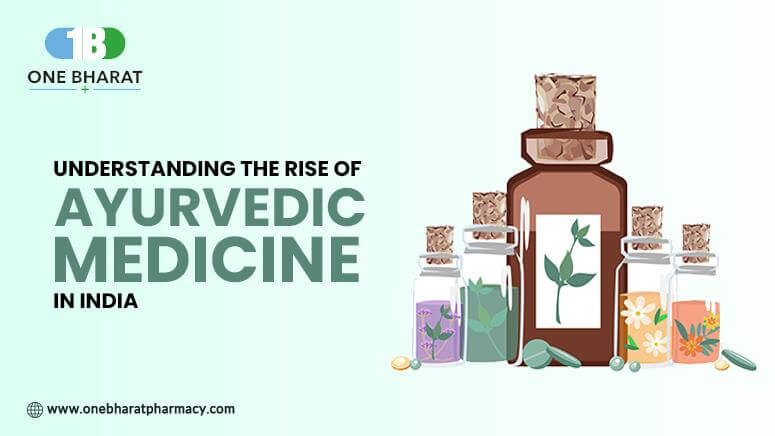
Understanding the Rise of Ayurvedic Medicine in India

Fact‑Check: Does Tirzepatide (Mounjaro/Zepbound) Aid Weight Loss & Diabetes?
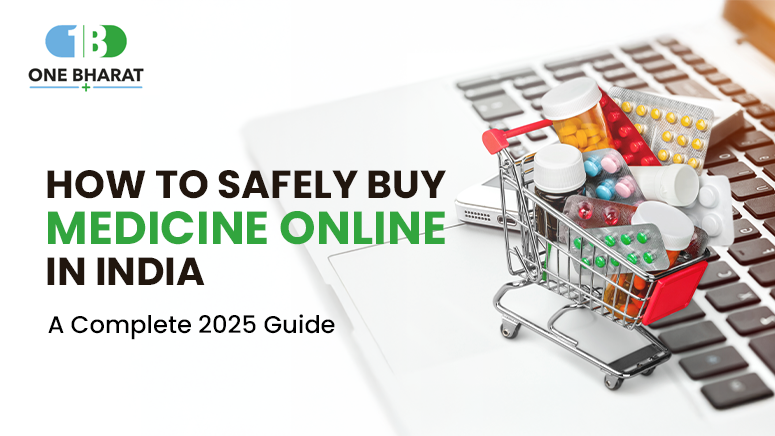
How to Safely Buy Medicine Online in India: A Complete 2025 Guide

